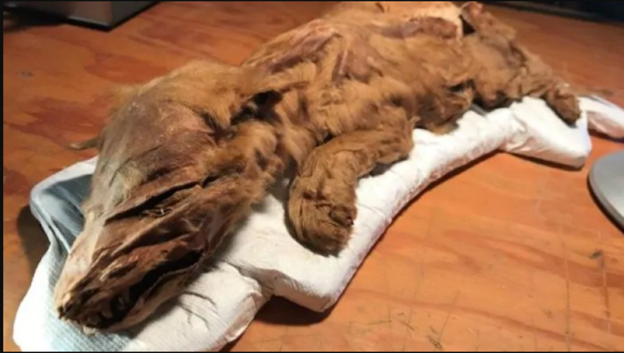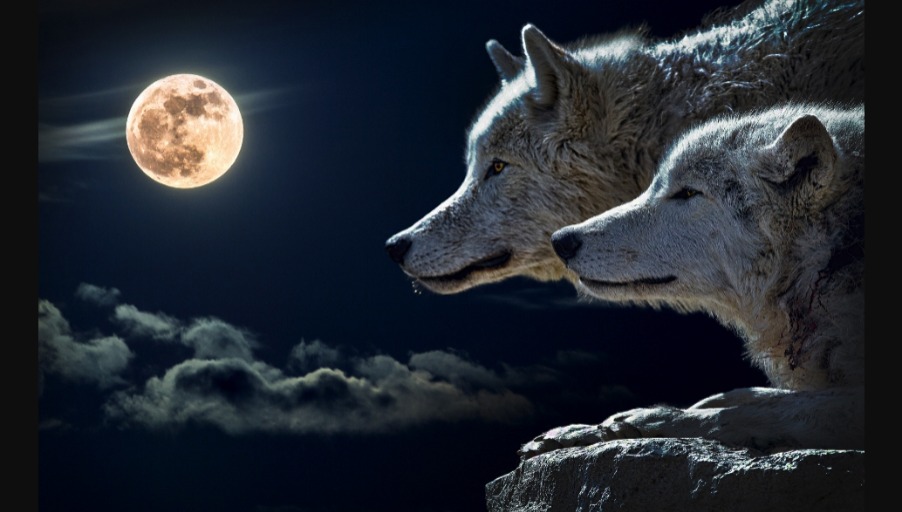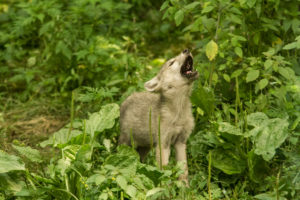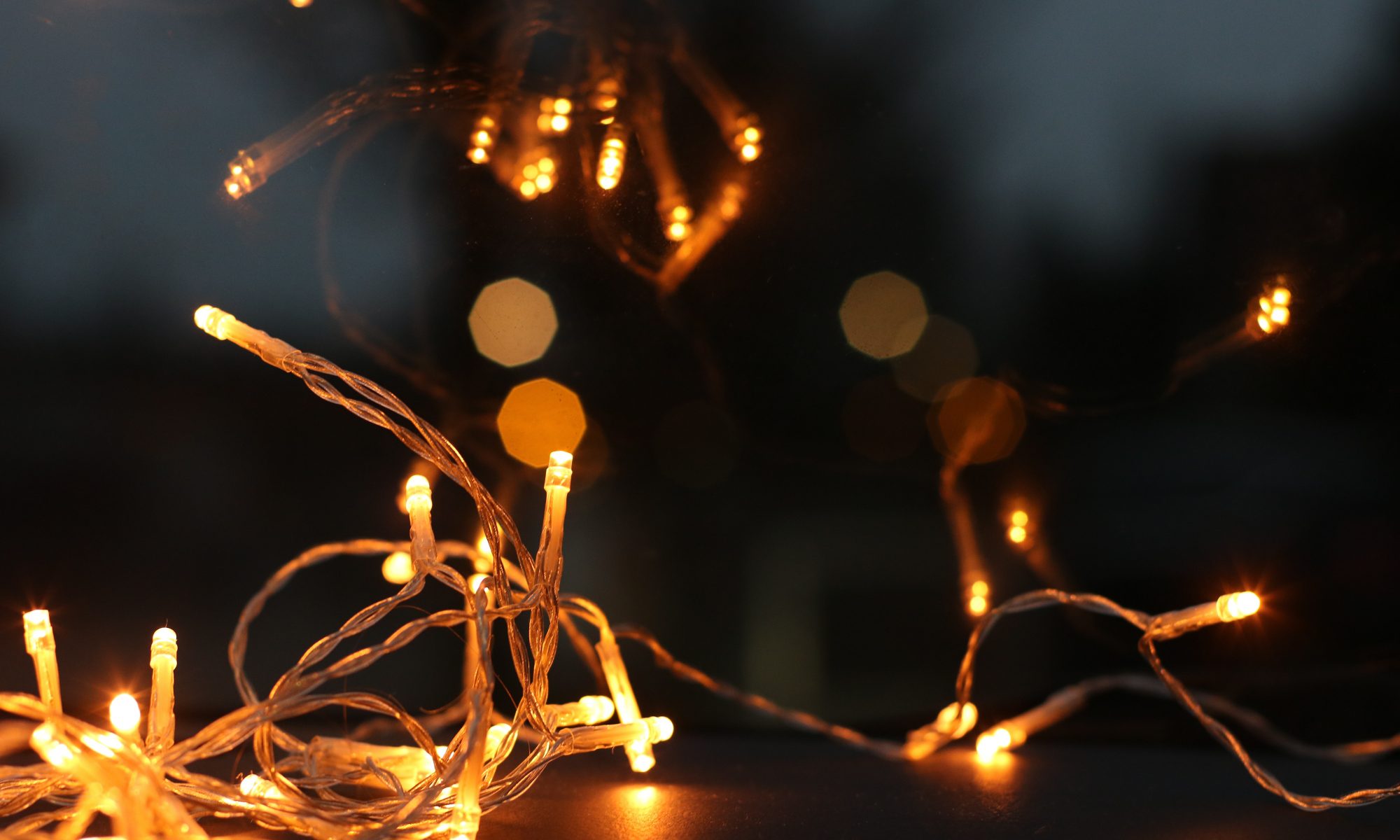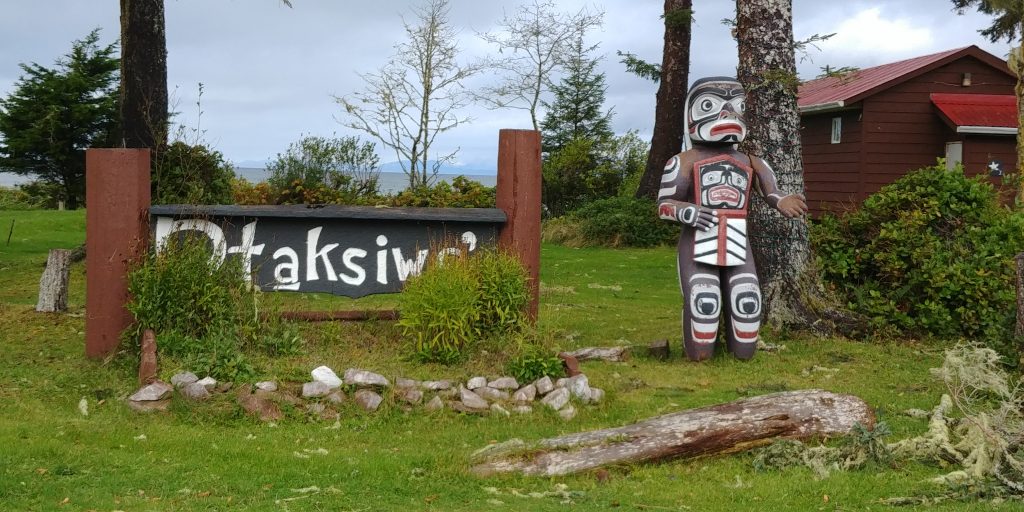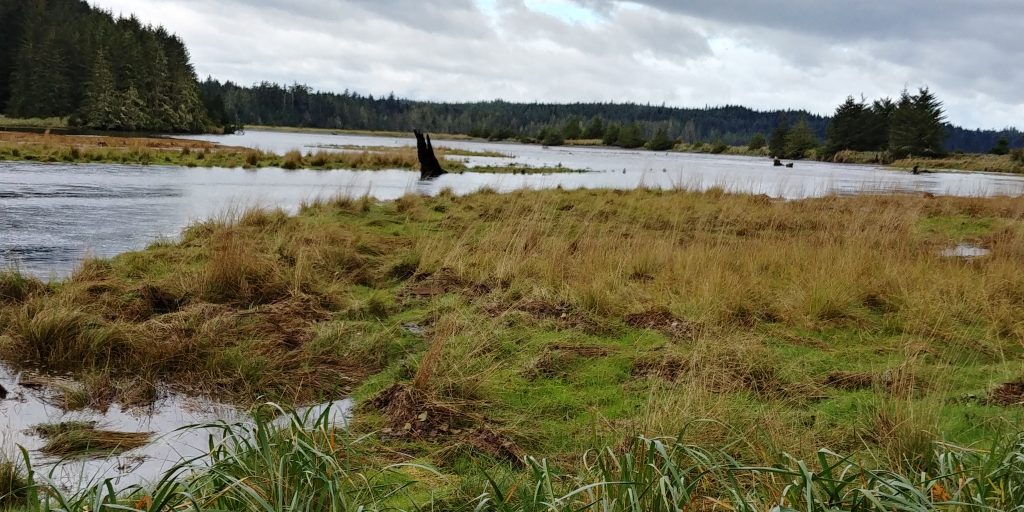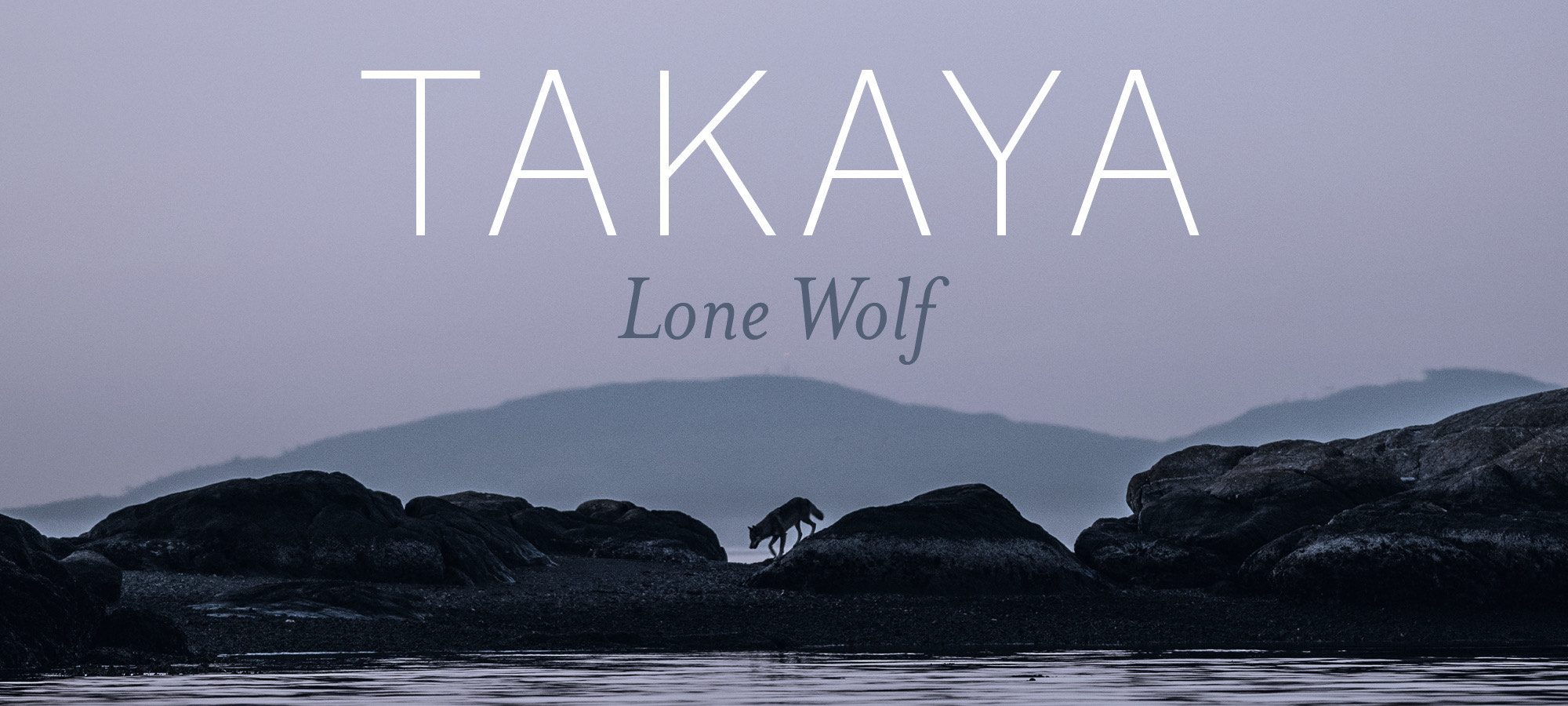When Neil Loveless found a tiny, fossilized body complete with head, tail, fur and skin thawing in permafrost, he thought it was a dog. Although it was not the precious metal the gold miner was looking for, he stored it in a freezer until a paleontologist could check it out.
The remains, now identified as a Pleistocene gray wolf pup about seven weeks old, were found in the Klondike gold fields of the Canadian Yukon. The female pup lived and died on the ancestral land of the Tr’ondëk Hwëch’in, who have a cultural and spiritual relationship with wolves. The little pup was named Zhùr, the Tr’ondëk Hwëch’in word for wolf.
It’s rare to find fossilized mammals from ancient times, especially one as intact as Zhùr. Scientific studies conducted since the discovery in 2016, reveal that Zhùr ate a diet rich in fish, not the more traditional fare of muskox or caribou. The fish were probably caught in the nearby Klondike River by her mother or other members of the pack.
Zhùr was old enough to venture outside the den, was well nourished, showed no sign of disease and her remains did not appear to have been disturbed by predators or scavengers. Scientists speculate that the young wolf died inside the den when the roof collapsed suddenly.
Other fossilized wolf remains have been found in northern climes such as Siberia but Zhùr’s is the most complete, missing only the eyes. And the approximately 56,000-year-old body provides tantalizing clues to the movement and evolution of wolves in North America.
Over the years, there have been numerous theories regarding the migration of wolves between Europe and North America. Genetic tests show that when alive, Zhùr was closely related to ice age wolves inhabiting Europe but not with wolves found in North America where she lived. Her mummified body provides a vital clue to a significant change in the population dynamic of grey wolves in Canada at the end of the ice age.
Due to its scientific and cultural importance, Zhùr’s body has been accepted by the Canadian Conservation Institute and is now on display in an exhibit at the Beringia Interpretive Centre in Whitehorse.
Feature photo courtesy Yukon Government

